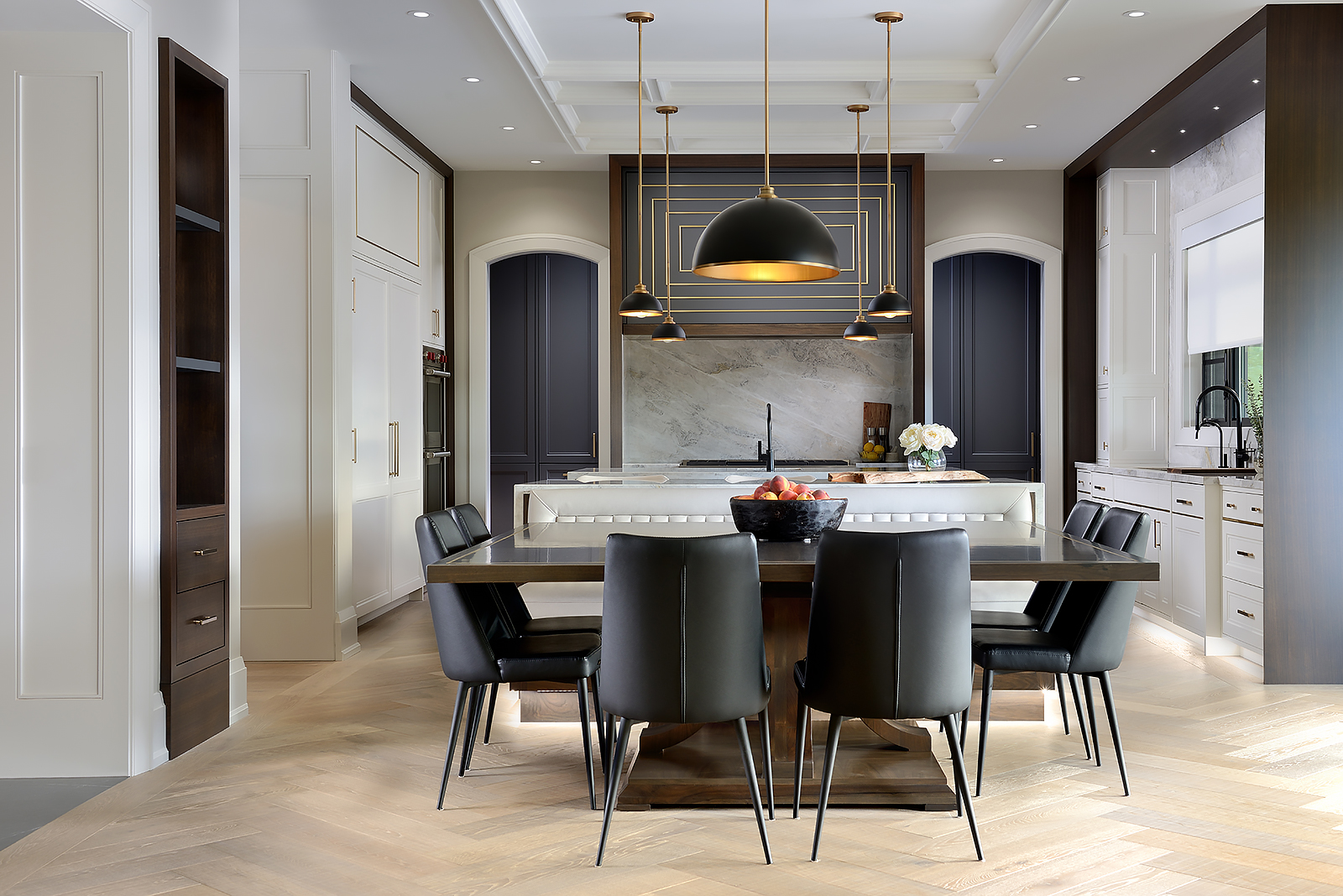- Empty cart.
- Continue Shopping
How to Create a Healthy Dining Space

The dining area is more than just a place to eat; it’s a space for nourishment, connection, and relaxation. Creating a healthy dining environment can enhance the overall well-being of individuals and families. We’ll explore practical tips for designing a dining space that promotes healthy eating habits and a positive dining experience.
1. Prioritize Natural Lighting
Natural light has a positive impact on mood and overall well-being. Position dining tables near windows to maximize exposure to natural light during meal times.
2. Choose Calming Colors
Opt for soft, calming colors like greens and blues for walls and décor. These colors promote a relaxed and pleasant dining atmosphere.
3. Select Comfortable and Supportive Seating
Comfortable chairs encourage longer, more enjoyable meals. Ensure that chairs provide adequate support to the back, promoting proper posture during dining.
4. Opt for a Round Table
Round tables facilitate conversation and create a sense of intimacy among diners. They also promote a balanced visual flow in the space.
5. Minimize Distractions
Avoid placing TVs or electronic devices in the dining area. This encourages mindful eating and fosters meaningful conversations during meals.
6. Incorporate Natural Elements
Bring in elements of nature with indoor plants or natural wood accents. This not only enhances the aesthetic but also creates a calming and grounding effect.
7. Provide Adequate Storage
Well-organized storage for dinnerware and utensils reduces clutter and promotes a clean, inviting dining space.
8. Set the Table Mindfully
A well-set table with proper utensils and appealing place settings creates an inviting atmosphere and encourages mindful eating.
9. Consider Proximity to the Kitchen
The dining area should be conveniently located near the kitchen to facilitate easy access to meals and encourage regular family dining.
10. Promote Family Style Dining
Family style dining encourages sharing and fosters a sense of togetherness. Use serving dishes that allow everyone to serve themselves.
11. Incorporate Artwork and Décor
Select artwork and décor that resonate with you and promote a positive dining experience. This personal touch adds warmth and character to the space.
12. Maintain Cleanliness
A clean dining space is inviting and promotes a healthy eating environment. Regularly clean the table, chairs, and surrounding areas.
13. Avoid Harsh Lighting
Soft, ambient lighting is conducive to a relaxed dining experience. Consider using pendant lights or dimmers to adjust the intensity of the light.
14. Encourage Mindful Eating Practices
Encourage mindful eating by creating a calm, distraction-free environment. This allows individuals to fully savor and appreciate their meals.
15. Personalize the Space
Add personal touches like family photos or mementos to create a sense of belonging and make the dining area feel uniquely yours.
Conclusion: Nurturing Well-Being through a Healthy Dining Space
Designing a healthy dining space goes beyond aesthetics; it directly impacts the overall well-being of individuals and families. By incorporating elements that promote comfort, relaxation, and mindful eating, you can create a space that supports healthy eating habits and fosters meaningful connections during meals. Remember, a well-designed dining area is not just about the physical space, but also about nurturing the soul and enhancing the overall quality of life








